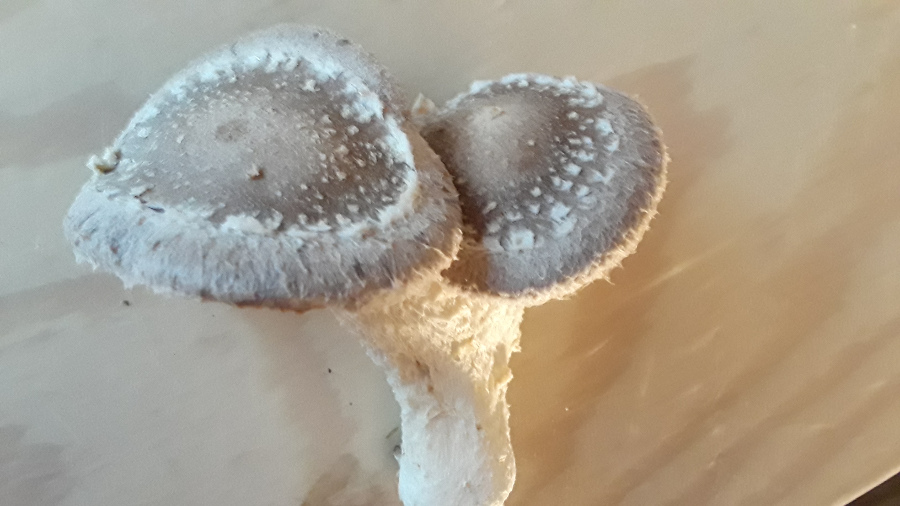

Shiitake mushrooms, scientifically known as Lentinula edodes, are a popular culinary ingredient in many Asian cuisines. Native to East Asia, these mushrooms are cherished not only for their rich, savory taste but also for their purported health benefits.
Medicinal Uses and Benefits
Shiitake mushrooms have been used in traditional medicine for centuries, particularly in China and Japan. They are believed to boost the immune system and have antiviral, antibacterial, and antifungal properties.
Recent scientific research has explored the medicinal aspects of this mushroom. A study conducted by Solomon P. Wasser et al. found that mushrooms, including Shiitake, are a source of antitumor and immunomodulating polysaccharides1. Another study by John W. Taylor et al. discussed the recognition of species in fungi, including Shiitake, and their potential medicinal uses2.
Culinary Uses
Shiitake mushrooms are a staple in many Asian cuisines. They are used in a variety of dishes, including stir-fries, soups, and stews. Their rich, umami flavor enhances the taste of many dishes.
Growing Conditions
Shiitake mushrooms are typically grown on decaying hardwood trees in a humid environment. They require specific conditions to grow, including a certain level of humidity and temperature.
References
Please note that while Shiitake mushrooms have been used in traditional medicine, it’s always important to consult with a healthcare professional before using any plant or fungus for medicinal purposes.
© Gnomeprints 2021
Design by ThemeShift.